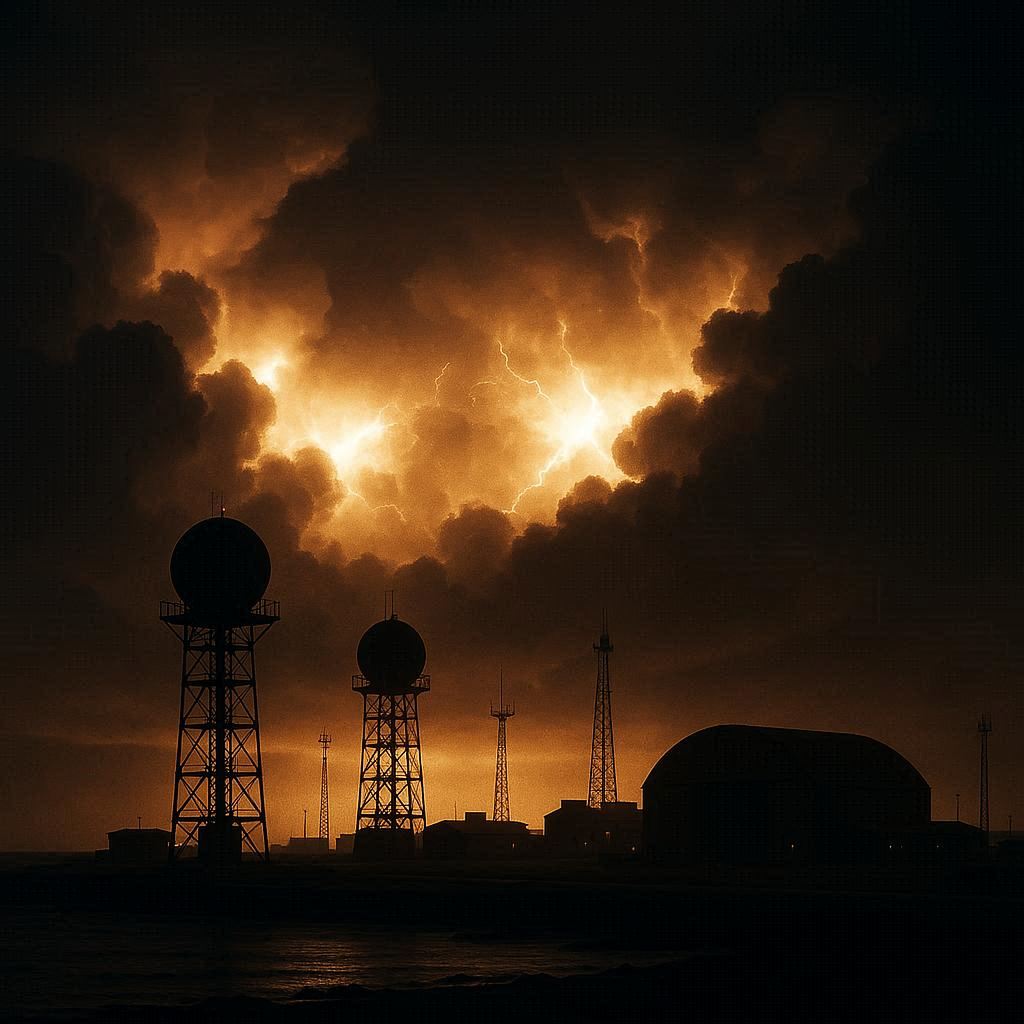The Ukrainian Navy carried out a targeted strike on a Russian drone base in occupied Crimea, hitting the “Khersones” airfield near Sevastopol on August 22. Russian forces had used this location as a hub for surveillance and strike drones that constantly monitored activity in the Black Sea.
Precision Strike on Crimea Airfield
According to the Navy’s report, the strike destroyed several unmanned aircraft stored at the base. Among those eliminated were up to three Iranian-made Mohajer-6 drones and two Russian-built Forpost drones. Both types had been actively used to track the movements of ships and to watch over naval operations in the region.
The Khersones airfield, located on the southern edge of Crimea, has long served as one of the operational centers for Russian drone activity. By removing these drones, Ukraine weakened Russia’s capacity to carry out non-stop aerial monitoring and precision strikes.
This attack is not an isolated event. It is part of a larger series of operations in which Ukraine has repeatedly targeted drone facilities across occupied Crimea. Unmanned aircraft have been central to Russian intelligence gathering, making them a key target. Their destruction creates a major disruption in surveillance networks that had been heavily used to oversee the Black Sea zone.
Ukraine launches drone attack on Crimea airbase damaging Su jets and weapons storage
The latest strike on Crimea highlights the continued importance of drone warfare in the conflict. Drones serve as the “eyes in the sky,” allowing militaries to detect enemy movements, plan attacks, and respond to threats quickly. Removing even a small number of these drones can have an immediate effect on how effectively forces operate in contested areas.
Mohajer-6 Drones: Iran’s Multi-Role Weapon
Among the drones destroyed in the strike was the Mohajer-6, a model developed in Iran. This drone is considered versatile and dangerous because it can perform multiple tasks. It primarily carries out reconnaissance and surveillance but also conducts direct strike missions, making it a valuable battlefield asset.
The Mohajer-6 flies for up to 12 hours without landing and covers an operational range of about 200 kilometers. Designers built it with four hardpoints under its wings, allowing it to carry precision-guided weapons. Captured models showed Ghaem-5 guided bombs, while others carried smaller rockets and bombs depending on mission requirements.
This combination of long endurance and strike ability makes the Mohajer-6 effective in both observation and attack roles. It watches naval routes, tracks military vehicles, and then engages targets directly if needed. This ability makes it more than just a surveillance drone; it also serves as a weapon delivery system.
🇺🇸 Trump says no NATO for Ukraine, highlights Crimea stance before talks with Zelensky
By destroying several Mohajer-6 drones at the Crimea airfield, Ukraine removed one of the platforms that Russian forces had used to balance long-duration observation with offensive capabilities. The loss of these drones reduces the range of missions Russian forces can carry out, especially those requiring both intelligence and precision strikes.
The Mohajer-6’s strength lies in its ability to cover large areas for hours while also carrying destructive payloads. Its elimination in Crimea means the removal of a dual-purpose system that had been actively supporting operations in the Black Sea region.
Forpost Drone Operations in Crimea
Alongside the Iranian drones, the Ukrainian strike also destroyed Russian Forpost drones. The Forpost has a history linked to Israeli technology, as it was originally based on the IAI Searcher Mk II drone. Russia first began acquiring these drones in 2009 and later shifted production to its own facilities, including the Ural Civil Aviation Plant.
The Forpost is primarily used for surveillance. It can fly for up to 18 hours at a stretch and has a range of about 250 kilometers. Equipped with electro-optical and infrared cameras, it can operate both day and night. This allows it to provide consistent intelligence across wide areas, tracking the movement of ships, vehicles, and troops.
In 2019, Russia introduced an upgraded version called the Forpost-R. This version used a Russian-made engine and could carry small guided bombs such as the KAB-20. However, its strike capability remained limited when compared with larger combat drones. Its main role continued to be long-range reconnaissance and surveillance.
Despite its limited strike ability, the Forpost has been valuable because of its ability to stay in the air for long periods, watching movements across land and sea. For Russian forces, it has provided a steady stream of intelligence that helped in planning military activity in the Black Sea.
Trump Blames Zelenskyy for Turning Ukraine into a ‘Killing Field’ Over Crimea Standoff
Targeting Drone Hubs Across Crimea
Ukraine’s strike on the Khersones airfield in Crimea disrupted operations by eliminating both Forpost and Mohajer-6 drones. By doing so, Ukraine cut into Russia’s ability to monitor the region and removed one of the important tools used for observation and limited strikes.
This latest operation fits into a broader pattern where Ukraine has consistently targeted drone hubs in Crimea. These hubs represent more than just storage facilities—they are key parts of the aerial surveillance system that Russia relies on. The destruction of drones at Khersones marks a significant step in reducing Russia’s monitoring capabilities in one of the most contested regions of the conflict.
